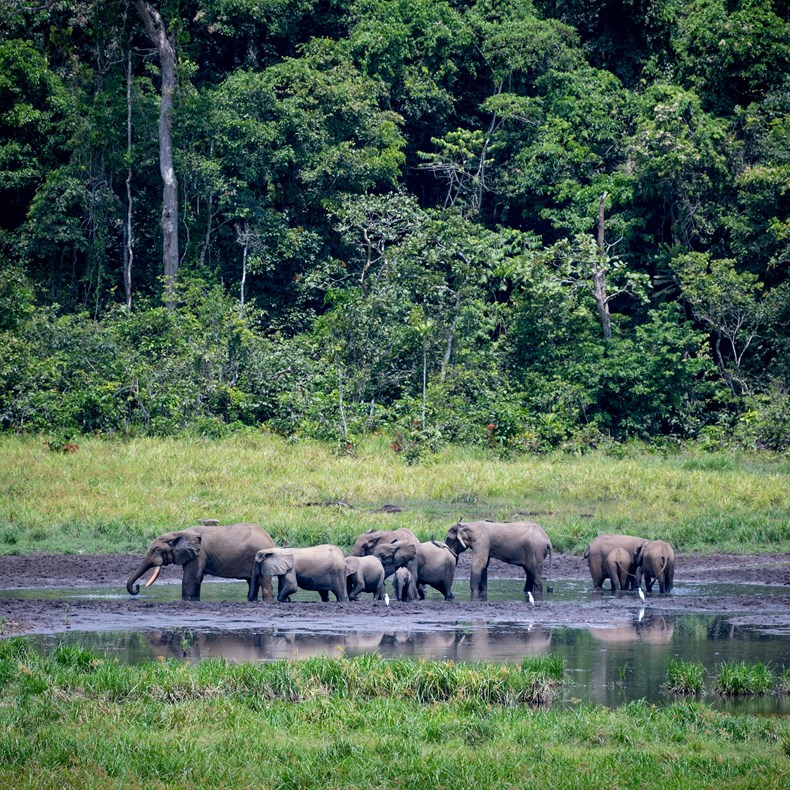Africa’s elephants at increasing extinction risk from poaching and habitat loss

African elephants are at increasing risk of extinction in the face of poaching for ivory and the loss of their habitat, the latest conservation assessment warns.
Forest elephants are now listed as critically endangered, at the highest risk of extinction, and savanna elephants are endangered in the new International Union for Conservation of Nature (IUCN) Red List of Threatened Species.
It marks a worsening outlook for Africa’s elephants, which were previously assessed as a single species in the Red List and placed in the lower risk category of “vulnerable” to extinction.
The two species have seen significant declines over the past few decades, with numbers of forest elephants falling by more than 86% over 31 years and savanna elephants declining by at least 60% over half a century, experts said.
Both forest and savanna elephants have suffered sharp falls in numbers since 2008 in the face of a significant increase of poaching for ivory, which the team behind the assessment said peaked in 2011 but continues to threaten populations.
Ongoing conversion of habitats, mostly to agriculture and other land uses, also poses a significant threat to the world’s largest land animal, the assessment warns.
The most recent estimate, the 2016 IUCN African elephant status report, suggests there are around 415,000 elephants across the continent in the two species combined.
But the assessment also points to successes in conservation of the animals, including anti-poaching measures, legislation, and land use planning which aims to help elephants and people co-exist.
Some forest elephants have seen populations stabilise in well-managed conservation areas in Gabon and the Republic of the Congo, the experts said.
And they said savanna elephant numbers have also been stable or growing for decades in areas including the Kavango-Zambezi Transfrontier Conservation Area, spanning the borders of Angola, Zambia, Namibia, Botswana and Zimbabwe, which is home to Africa’s largest subpopulation of the species.
IUCN director-general Dr Bruno Oberle said: “Africa’s elephants play key roles in ecosystems, economies and in our collective imagination all over the world.
“Today’s new IUCN Red List assessments of both African elephant species underline the persistent pressures faced by these iconic animals.
“We must urgently put an end to poaching and ensure that sufficient suitable habitat for both forest and savanna elephants is conserved.
“Several African countries have led the way in recent years, proving that we can reverse elephant declines, and we must work together to ensure their example can be followed.”
The IUCN Red List has now assessed the situation for 134,425 species, more than a quarter of which (37,480) are under threat, falling into the at-risk categories of critically endangered, endangered and vulnerable to extinction.
The latest update covers 6,218 species, including reassessments and new entries such as the first-ever assessments of more than 100 firefly species.
Founder of How Many Elephants, UK-registered charity, Holly Budge, says “The future of the African Elephant is at a tipping point, having already been dealt a blow by the collapse of ecotourism due to Covid-19. Elephants are a keystone species; They play an indispensable role in the healthy functioning of the larger ecosystem. Losing these important ecosystem engineers is of extreme detriment to the environment and beyond.”
To read more click here
